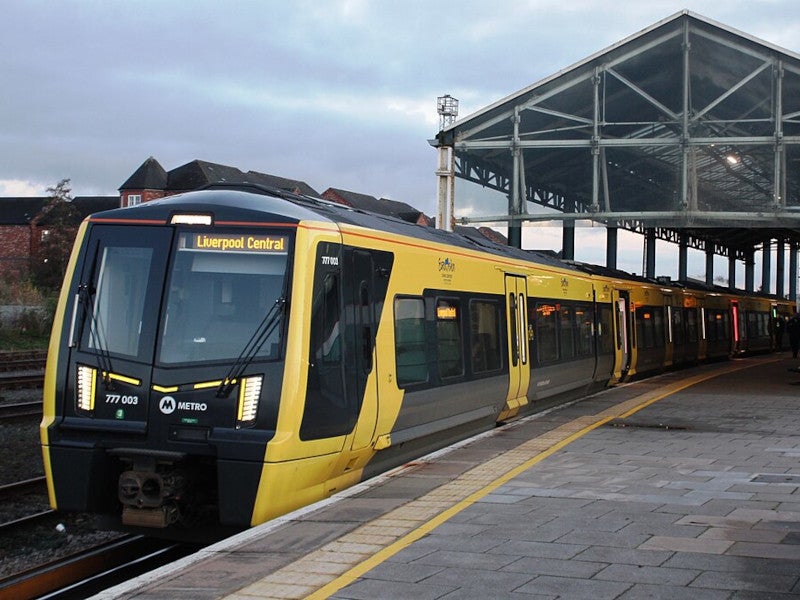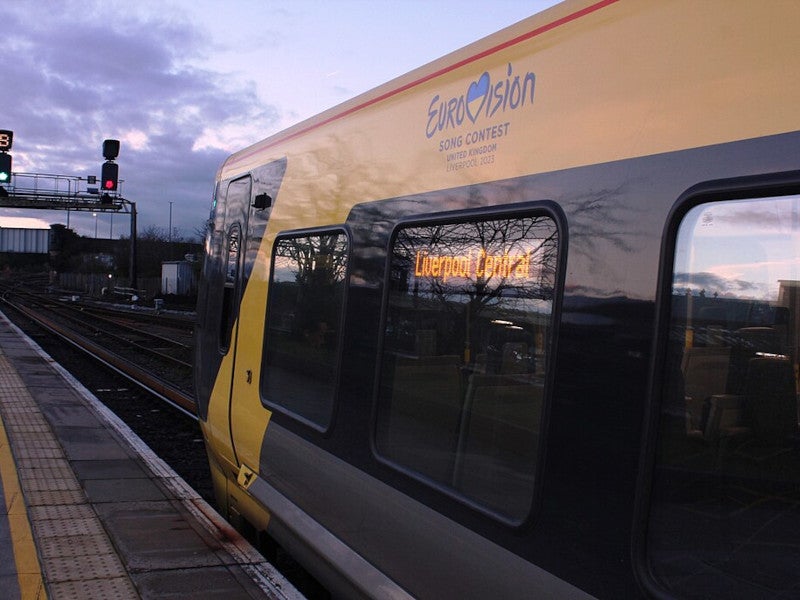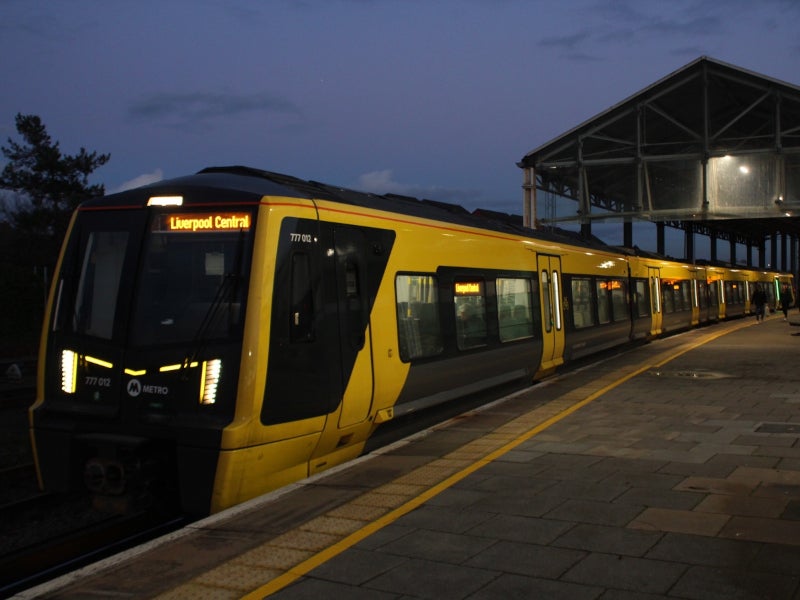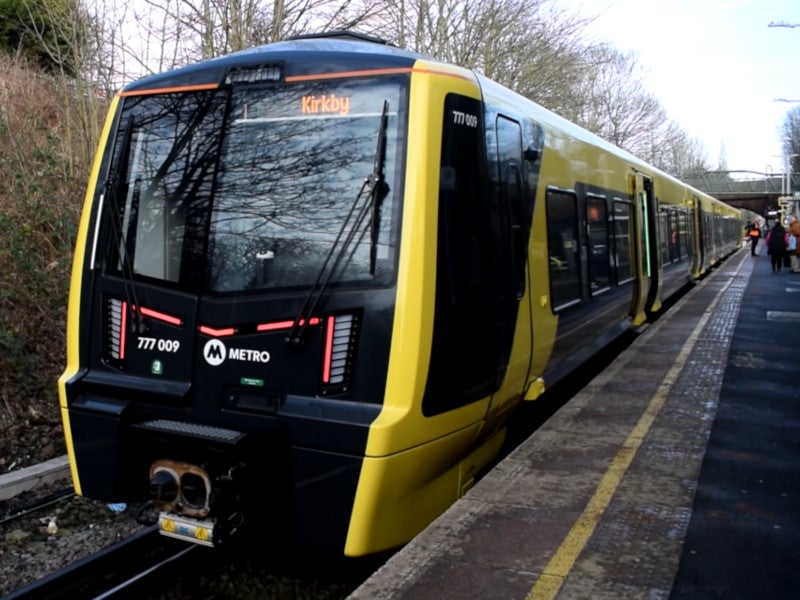Class 777 are new state-of-the-art trains built by Switzerland-based manufacturer Stadler to replace railway operator Merseyrail’s 40-year-old fleet operating in the Liverpool City region of the UK.
Stadler was awarded a £700m ($945m) contract to build and maintain 52 Class 777 trains in February 2017 to enhance the transportation infrastructure and improve the travel experience for residents and visitors in Merseyside. Stadler is also responsible for undertaking light and heavy maintenance of the trains throughout their 35-year life cycle.
The first trains of the new fleet were introduced on the Kirkby line of Merseyrail’s network in January 2023 followed by the Northern, Wirral, New Brighton, and Chester lines. Seven trains have initially been equipped with battery technology, enabling them to travel beyond the electrified third rail to the Headbolt Lane station in Kirkby.
The trains represent the UK’s inaugural fully electric, battery-powered passenger fleet and consume up to 80% less energy compared to their diesel counterparts, which positions them as a crucial element in the Liverpool City Region mayor’s pledge to achieve net zero by 2040 and surpass the national government’s targets by at least ten years.
The new trains commenced operating on the entire network in December 2023.
Class 777 trains designs and features
The Class 777 trains are available in a fixed formation of four articulated cars with a total length of 64.98m and a width of 2.82m. The trains can operate on a 750V DC third rail network at a maximum service speed of 120km/h.
The trains feature a low-floor design, just 960mm above rail level, and can carry 486 passengers with dedicated spaces for wheelchairs, prams, and bikes.
Designed to accommodate a 50% increase in passenger capacity, the trains include 184 permanent seats and 28 perch seats with increased legroom and standing space that ensures a more comfortable journey for the commuters.
The trains have innovative design features such as intelligent sliding steps that use ultrasonic sensing equipment to bridge the gap between the train and the platform thus facilitating unassisted access at every entrance for all passengers, including those carrying prams, luggage, and bicycles.
In addition, the trains feature sensitive door edges for safety, and a continuous carriage design and provide improved passenger flow and movement with large vestibules, wide aisles, and open gangways.
The Class 777 trains are equipped with driver-controlled operation, shifting the responsibility for the safe dispatch of trains to the train drivers. They are also equipped with three motorised Jacob’s bogies and two trailer-end bogies for smooth operation.
The units also come with a provision for retrofitting for 25kV AC operation and the European Train Control System Level II signalling system.
Amenities
The Class 777 trains offer a range of amenities to enhance the passenger experience.
The interior design includes a variety of seating arrangements, with airline-style seats, bays, and tip-up seats for additional space. USB and plug sockets are available for charging devices while digital screens provide journey information.
The trains feature a heating, ventilation and air conditioning (HVAC) system that maintains the interior temperature based on the outside temperature maintaining a comfortable environment within the carriage.
The HVAC system includes heating panels along the skirting boards and roof-mounted air conditioning units. Each carriage and driver’s cab has its own autonomous control system for the HVAC system, ensuring a pleasant travel environment.
Help points, CCTV cameras, and a transparent driver’s cabin are provided for passenger safety and convenience.
Additionally, the new trains are equipped with advanced passenger information systems while Wi-Fi ensures that passengers stay connected throughout their journey.
Contractors involved
Serco Rail Technical Services, a technical services provider, was awarded a contract in February 2020 to provide testing services and independent assurance to Merseyrail for the new Class 777 fleet.
The testing programme focused on identifying and managing all potential risks associated with the new fleet introduction, focusing on system interfaces such as vehicle/track and vehicle/power.





